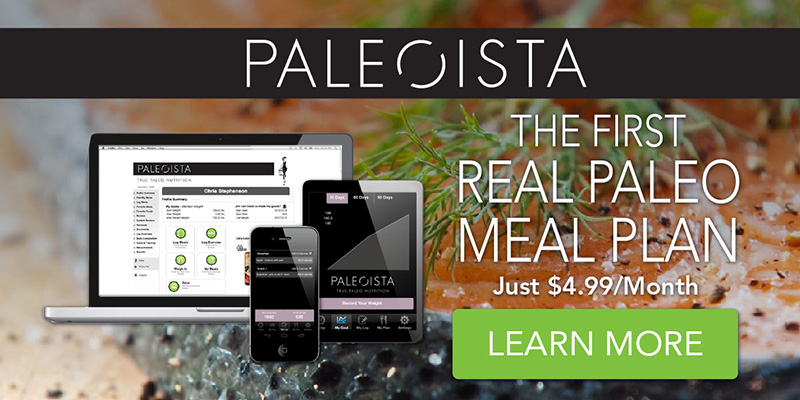Yo-Yo Dieting: Falling In and Out of Healthy Eating
Weight cycling is the repeated loss and regain of body weight and, when it occurs as a result of dieting, it’s commonly referred to as “yo-yo” dieting. Cycles can range from small weight loss and gain (5-10 lbs per cycle) to extreme change in weight (50 lbs. or more per cycle).1
Chances are you’ve heard the term before and with more than two-thirds (68.8%) of American adults considered to be overweight or obese,2 you probably also know at least one person, if not more, who fall right into the yo-yo diet category.
Often, it’s not only the food choices that change depending on what part of a cycle someone is in, but their exercise patterns as well, making the extremes even more distinct. But why does this cycling occur in the first place and how can someone who’s stuck in this awful spiral extract him or herself?
Cycling can begin with setting unrealistic goals, like losing an extraordinary amount of weight in a short period of time, and achieving them through unhealthy measures. And while extreme tactics may seem to work at first blush, at least according to the number on the scale, crash dieting is unsustainable. Before long, the number is right back where it was when the last ‘diet’ started, if not even higher.
It’s not only the waistline that suffers from yo-yoing. “Repeated crash dieting increases metabolic hormones, such as insulin, and elevates levels of sex hormones, including estrogen,” said Andrea Pennington, MD. “These changes cause you to start putting on weight around your middle, which research has linked to insulin resistance, diabetes, high blood pressure, and heart disease.”3
And we can’t discuss weight loss and weight gain without factoring in the emotional component. Let’s face it: eating is about more than fueling the body. If it weren’t, I doubt anyone would be overweight. We would only eat the exact amount of calories needed to perform our daily activities. No more, no less.
“The only thing I’ve ever seen yo-yo dieting do is lead to weight gain and self-doubt,” said Mary Hartley, RD, MPH. “Famines have been the norm since the beginning of time so humans are wired to switch between states of near-starvation and overeating. However, that study did not address the emotional toll of dieting in the modern age.”4
Add the diet industry’s estimated worth of $586.3 Billion US in 20145 to the equation and it becomes very clear just how much of the diet programs, powders, shakes, pills, frozen food delivery services and even medically supervised weight loss shake programs are banking on your failure as someone who’s trying in earnest to lose weight.
How can you make heads or tails of it when your own doctor is suggesting a gastric bypass as a solution? It’s broken, but not without hope.
And this, my friends, is precisely why following an eating plan which is actually based on eating things that really are food takes us back to basics and simplifies things into such clarity that we’re finally able to connect the dots to determine cause and effect.
Real, fresh, local, natural foods can make us healthy. And processed, refined, salted, sugary (non) foods can do just the opposite. In my experience, however, it’s not until each person makes the connection that when they eat certain foods, they feel great and when they eat others, and they feel awful.
Performing this trial and error of sorts is, in my opinion, the single most effective way of distinguishing that a real Paleo diet approach can be a lifestyle choice for the long haul based on proactively choosing foods that make us thrive. Meanwhile, we can say sayonara to the foods that induce headaches, mental fogginess, poor sleep and digestion, stomach aches and so on, and so on, and so on.
It doesn’t have to happen overnight. It took me a while to change my own approach when working with clients or giving lectures on Paleo living from being perhaps too dogmatic to attempting to be a bit more open minded. If there is any takeaway it’s the importance of getting there, not necessarily how you go about reaching the destination. Baby steps can sometimes be just the ticket!
So for anyone attempting to subsist on 1,000 calories/day and focusing on low-fat meals in order to lose 50 pounds in a month, start with a reality check.
How long did it take to gain the 50 pounds? Likely more than four weeks. And what methods have you tried before that may or may not have resulted in shedding weight, but always proved so unsustainable that you found the scale would creep back up and then some?
It’s not just down to will power. Sugar addiction plays a large role and isn’t addressed in many diet methods which focus solely on counting calories rather than the source.
Moreover, many are fearful of eating fat; even good fat. When you’re taught eating fat will cause fat gain, heart disease and a range of other complications, the trepidation is hard to overcome.
Further, vegetables are all too often looked at as a garnish and eaten quite sparingly while fruit is consumed far too much. And don’t even get me started on the whole grains topic!
Bottom line: we have to educate ourselves and ask what really makes sense, and start with ourselves in order to begin setting an example for those around us. Make small changes over a period of time to incorporate more activity, ideally some form you enjoy so you’ll actually do it.
Gradually transition into a real Paleo diet regime in order to ensure you’re getting enough protein, fat and veggies and no sugar, grains, dairy or legumes. You’ll find yourself feeling better and slowly but surely nearing that weight you’d been shooting for, after all this time.
The better you feel, the more you’ll want to continue, and the more you make deductions about which foods simply don’t work for you, according to your very own body’s feedback, the clearer it will become that this path is, in fact sustainable for the long haul.
Ultimately, it’s one, very effective way to break the yo-yo spiral once and for all!
REFERENCES
[1] “Weight Cycling…Facts About Yo-Yo Dieting.” MedicineNet. N.p., n.d. Web. 24 June 2015.
[2] “Overweight and Obesity Statistics.” Overweight and Obesity Statistics. N.p., n.d. Web. 24 June 2015
[3] End the Yo-Yo Diet Cycle.” Fitness Magazine. N.p., n.d. Web. 24 June 2015.
[4] May, M.D. Michelle. “Experts Speak Out About the Harmful Effects of Dieting.” The Huffington Post. TheHuffingtonPost.com, n.d. Web. 24 June 2015.
[5] HOME › Press Releases › Global Market for Weight Loss Worth US$586.3 Billion by 2014.” Global Market for Weight Loss Worth US$586.3 Billion by 2014. N.p., n.d. Web. 24 June 2015






